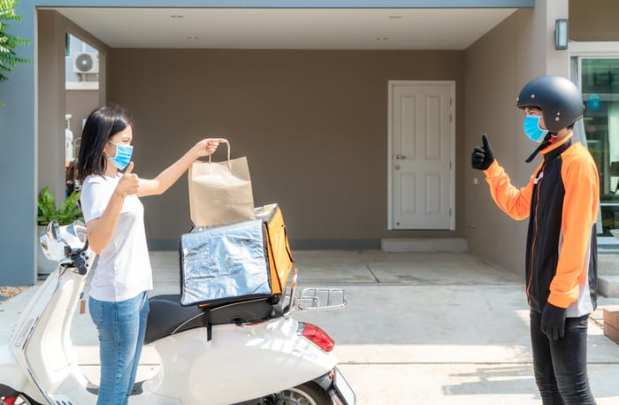Allset Notches $8.25M To Improve Restaurant Ordering Experience

Dining and takeout startup Allset has raised $8.25 million in a Series B funding round led by the European Bank for Reconstruction and Development (EBRD), with participation from existing investors Andreessen Horowitz, Greycroft, SMRK VC Fund and new investor Inovo Venture Partners, per reports.
Launched in 2015 by Co-founders Stas Matviyenko and Anna Polishchuk and headquartered in Los Angeles, California, Allset works with more than 2,500 restaurants in 11 major U.S. cities.
“We look forward to strengthening Allset’s position in the busiest districts of our major markets like New York and Los Angeles,” the company said in a statement on Tuesday (March 31). “We aim to be the No. 1 everyday dining solution for busy diners in the busiest districts as soon as the current situation improves.”
The new funding will help the company further assist the communities they serve, as well as advance efforts to keep employees safe.
“We’ve recently launched no-contact pickup and waived commission fees for restaurants that provide diners with a contactless pickup option. Plus, we provided a ‘rescue’ budget, offering Allset users $4 off every day to support their local favorites,” the company said.
Matviyenko, who serves as the company’s CEO, told TechCrunch that the firm was seeking $12 million in new funds, but said he feels “lucky” to have closed the deal.
He closed the funding round about a week prior to the stay-home mandates and social distancing. “A few investors just disappeared,” he noted.
When Allset launched, it initially gave users a chance to make a reservation, order meals and pay ahead of time on the app. Eventually, the app started personalizing the meal offers and making personalized, healthy recommendations at each restaurant, Matviyenko told the news outlet.
Mobile technology influences the purchasing and ordering process, regardless of whether the product is ultimately delivered or picked up in-store. Logistics and delivery are now make-or-break, as consumers have many options to find and purchase the same or similar products.
